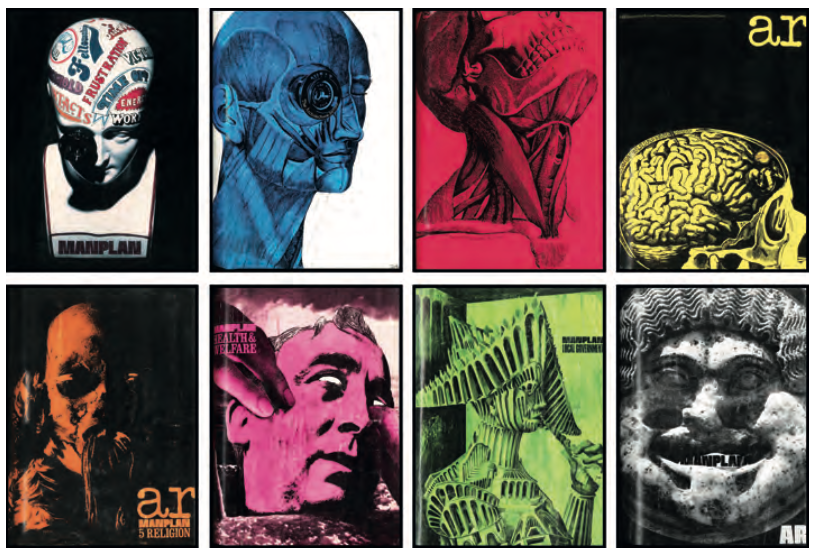
Narrative Takes Command: Revisiting Manplan and Fotoromanzo, photo sequences in architectural magazines around 1970
##plugins.themes.immersion.article.figure##

Resumo
The 1960s testified an important change in architectural representation and more widely in the discipline’s periodical press. The themes, the approach, the graphics and the materiality itself of many European magazines shifted and were contaminated by the profound cultural and societal changes of the moment, as the Clip/Stamp/Fold’s selection largely demonstrates. Indeed, a large number of issues incorporated society matters and no longer restrained themselves to the architectural object. The role of photography in this process is widely recognised, as proven by the images used by the Smithsons on the IX CIAM’s grid. Authors refer that architectural photography increasingly resembles photojournalism in the late 1960s, depicting people not buildings. This communication proposes an analysis of cases of architectural publications where a series of photos is organised sequentially, building true narrative sequences. The representation of an urban space through several frames, like the ones popularised in Townscape, such is the movement inside a building that we can identify through the organisation of a series of photos that will condition the way we perceive a certain architecture. However, we will concentrate our attention in examples of photo essays that is more clearly identified as photo stories or fotoromanzi / fotonovela. We will focus in two examples. The first is Manplan, an eight-issue long series of The Architectural Review, published between 1969 and 1970. One of “the bravest moment in architectural publishing”, this sort of “dark manifesto” in a practise magazine, attempts to re-define a series of categories – health, welfare, education, housing, communications, industry and religion. By articulating black and white photos with a text that extends through the pages of each entire issue, the essays (especially the first one) succeed in creating an impact in readers unused to that approach in an architectural magazine. The second example is the collection of three Fotoromanzi produced by the Italian radical group Strum as a participation in the MoMA’s 1972 exhibition Italy: the New Domestic Landscape, after reproduced in Mendini’s Casabella. Associating an equal amount of text and photos in a comicslike sequence, the architects attempt to disseminate quite dense essays on housing problems in Turin, Utopia and the city appropriating a form of communication that was quite popular at the time. Although those cases are very different in nature, context and form, we argue that they both demonstrate that the incorporation of narrative sequences through images, even when dealing with issues that might appear not central in architecture or “on the surface” of the discipline, can be powerful attempts to strike right in the core of the architect’s activity.